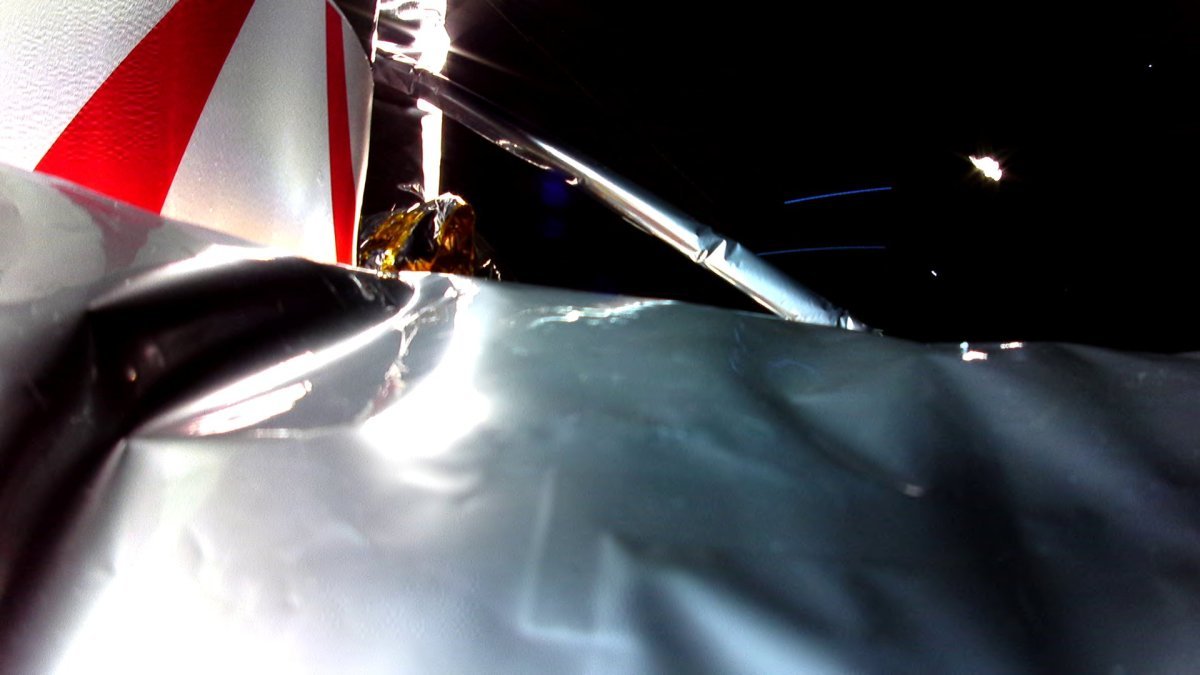Astrobotic’s ambitious mission to land on the Moon has come to an end. After facing numerous challenges in space, the Peregrine lunar lander is set to reenter Earth’s atmosphere over a deserted area in the South Pacific Ocean tomorrow afternoon.
The spacecraft will not survive reentry.
The Pittsburgh-based company had been working in collaboration with NASA to monitor the reentry trajectory and ensure the safety of the operation.
- The Peregrine lunar lander launched on January 8 on United Launch Alliance’s Vulcan Centaur without any issues.
- However, just a few hours after it was deployed in orbit, an anomaly was reported by Astrobotic.
- The source of the anomaly was later traced back to a propellant leak that prevented the spacecraft from functioning properly.
Efforts were made to rectify the issue and reorient the solar arrays to face the sun, but it was ultimately unsuccessful. Astrobotic confirmed that there was no possibility of a successful moon landing due to the propellant leak.
Despite the setback, Astrobotic was able to keep the mission going for longer than anticipated. On the day the company declared the moon landing to be impossible, Peregrine was estimated to have only 40 hours of propellant left. But even with the leak, the spacecraft continued to operate for over ten days in space.
To prepare for reentry, Astrobotic had to come up with a two-step process. The first involved firing the main engines in short bursts, as a longer burn was not possible due to the leak. In total, Peregrine performed 23 small engine burns.
The company also had to adjust the spacecraft’s attitude to ensure a trajectory towards the South Pacific Ocean, away from potentially populated areas.
“The procedures were carefully executed to minimize the risk of debris reaching land,” said Astrobotic in a statement on Wednesday. “We have been working closely with NASA and other relevant authorities to keep everyone informed and receive appropriate feedback.”
Although the mission did not achieve its intended goal, Astrobotic was able to gather valuable data from the payloads on board. This includes scientific instruments and other research projects supported by NASA through their $79.5 million contract with Astrobotic in 2019.








